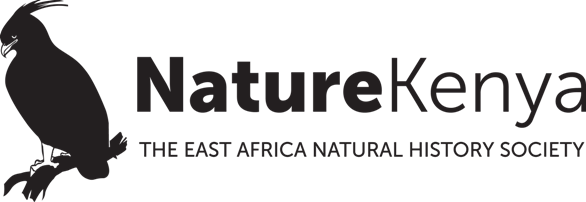By Justus M. Munywoki
At Lake Mbililo in Kenya’s Tana River Delta, birds of all shapes, sizes, and colours are out, filling the air with their calls. Amid the symphony of bird calls, a trained community guide leads colleagues on a data collection mission. Their goal? To monitor the hundreds of bird species in the wetland, particularly waterbirds. This data collection exercise is part of the community-driven initiatives to safeguard the Tana Delta ecosystems that sustain biodiversity. Resident and migratory birds such as Grey-headed Kingfishers, Cattle Egrets, Gull-billed Terns and Common Greenshanks frequent the lake and other such wetlands to feed and breed, making the Delta an attractive destination for bird enthusiasts.
The expansive Tana River Delta, which spans more than 160,000 hectares along the country’s north-eastern coastline in Tana River and Lamu Counties, is a designated Ramsar site (a wetland of international importance). The Delta is also a Key Biodiversity Area (KBA) with a diverse range of habitats that attract birds from all over the world, from riverine forests and flooded grasslands to mangroves, intertidal zones, and open beaches.
One of the most outstanding aspects of bird monitoring exercises, like Lake Mbililo’s, is the active participation of local communities. Conservationists work closely with residents to raise awareness about the importance of migratory birds and their habitats. This grassroots engagement promotes a sense of ownership and pride among local people, mobilizing them to protect their environment.
Bird monitoring in the Tana River Delta is not just counting birds. Birds serve as vital indicators of habitat conditions and the impacts of climate change. By observing trends in bird populations and distribution, conservationists can detect early signs of environmental stress, such as habitat degradation or shifting climate patterns, and act to address these challenges.
Birdwatching is a great hobby, and a good entry to environmental awareness. Local communities actively conduct bird counts and identify potential birdwatching areas. This engagement contributes to sustainability, as trained community monitors educate others, fostering a cycle of knowledge and environmental stewardship.
“Raising awareness about bird monitoring is critical in garnering local support to protect the Tana River Delta ecosystem. When communities are involved, conservation becomes a shared responsibility,” says Yona Makondeni from the Tana Delta Conservation Network, the Nature Kenya Site Support Group for the Delta.
The monitoring process is innovative yet simple. In the last waterbird count conducted in February 2024 in Tana, 2,220 individual birds were recorded using the mobile app eBird, which allowed participants to document every bird they saw or heard. They created a digital checklist, which was then uploaded to the app’s global database in real-time. This user-friendly approach has revolutionised bird monitoring at the Delta, making it accessible to both experts and community members.
